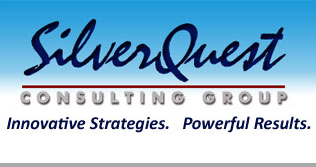|
Testimonials
Donald's presentation was delightfully entertaining, engaging, and motivating. . . the evening was filled with laughter and enjoyment. As a direct result of a very satisfied audience, four members of the audience stepped up to volunteer their time and skills to the Dallas Section ASQ. Thank you, Donald!
Kiami Rogers, Chair, American Society for Quality Dallas Section 1402
|
|
|
| WHAT OUTCOMES DO YOU SEEK?
|
|
|
Customer Relationship Management
Customer Relationship Management (CRM) is a comprehensive strategy for managing, directing, and optimizing the relationship with customers from the first contact. It goes beyond customer satisfaction or even customer loyalty to identify customer profitability and how to maintain and enhance it. CRM is essentially applying process improvement to the entire customer interface.
 Benefits Benefits
-
Reduces operating costs
-
Increases level of customer retention
-
Increases sales to existing customers
-
Increases probability of sales to new customers
-
Allocates marketing expenses more efficiently
Approach
Our approach to CRM involves the following stages and strategies:
-
Customer Needs — identify and prioritize the customer’s needs and expectations including the Voice of the Customer, House of Quality, Quality Function Development, Focus Groups, and Customer Surveys.
-
Customer Satisfaction and Loyalty — develop a system to obtain and retain customer perceptions and experiences with various feedback strategies complaints, surveys, interviews, guarantees—and develop metrics and strategies
to measure and improve customer satisfaction.
-
Customer Service — develop strategies for executing customer service strategies like positive people skills, attention to detail, rapid response, etc.
-
Multiple Customer Management — set and manage priorities to avoid and resolve existing customer requirements and demands and develop a system to allocate and manage resources to manage the needs of multiple and diverse customers
Would you like Customer Relationship Management in your organization? Let’s Talk
|

















 Benefits
Benefits